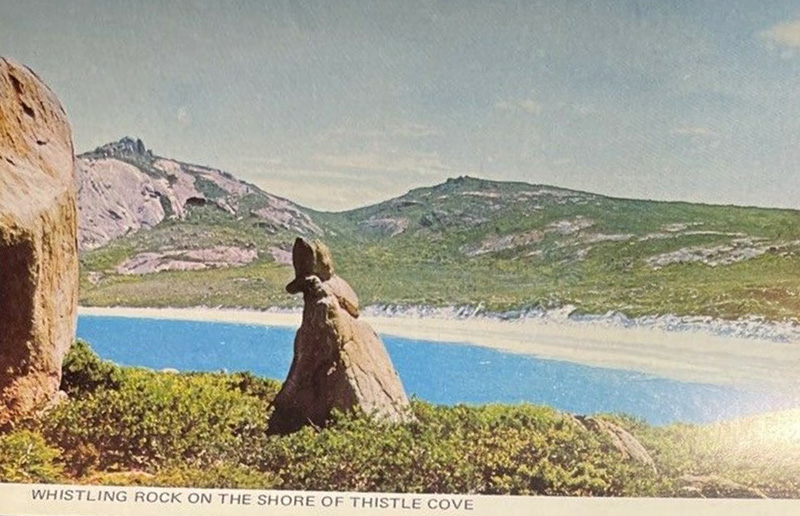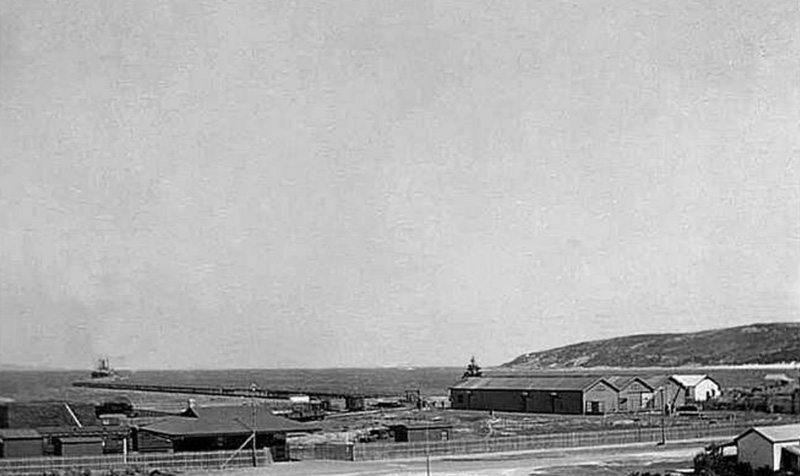In Esperance, the Aboriginal and Torres Strait Islander communities hold ancestral ties and cultural significance reverberates across the entire region, Kepa Kurl Wudjari Peoples’ ancestral lands span over 30,000 square kilometres of Southern Western Australia

(Photo via Esperance Western Australia History in Photos)
In the wake of these explorers, Esperance attracted a host of adventurers, including British navigator Matthew Flinders in 1802. Flinders set sail through the Bay of Isles, uncovering hidden treasures such as Lucky Bay and Thistle Cove. Soon, whalers, sealers, pirates, pastoralists, and miners flocked to the coastal town, lured by the allure of the nearby gold fields.

Thistle Cove (Photo via Esperance Western Australia History in Photos)
The late 1890s saw a pivotal turning point in Esperance’s history. The discovery of gold in the eastern goldfields ignited a frenzied rush of activity, leading to the construction of the town jetty. Esperance proudly assumed the mantle of the “gateway to the Goldfields,” its population reaching 985, eager to seize their fortunes.
Despite challenges, including the delayed railway connection with the Goldfields, Esperance persisted. Finally, in 1927, the railway line between Coolgardie and Esperance brought renewed hope to the town’s development.

(Photo via Esperance Western Australia History in Photos)
This beautiful coastal town remains a sought-after destination, inviting visitors to discover its picturesque shores and rich history. To discover more about the rich history of Esperance, visit the Esperance Museum and the Esperance Visitor Centre.
If you’re looking for attractions in Esperance we’ve got that covered, and for Esperance accommodation, our holiday park offers a range of options for individuals, couples and families.


